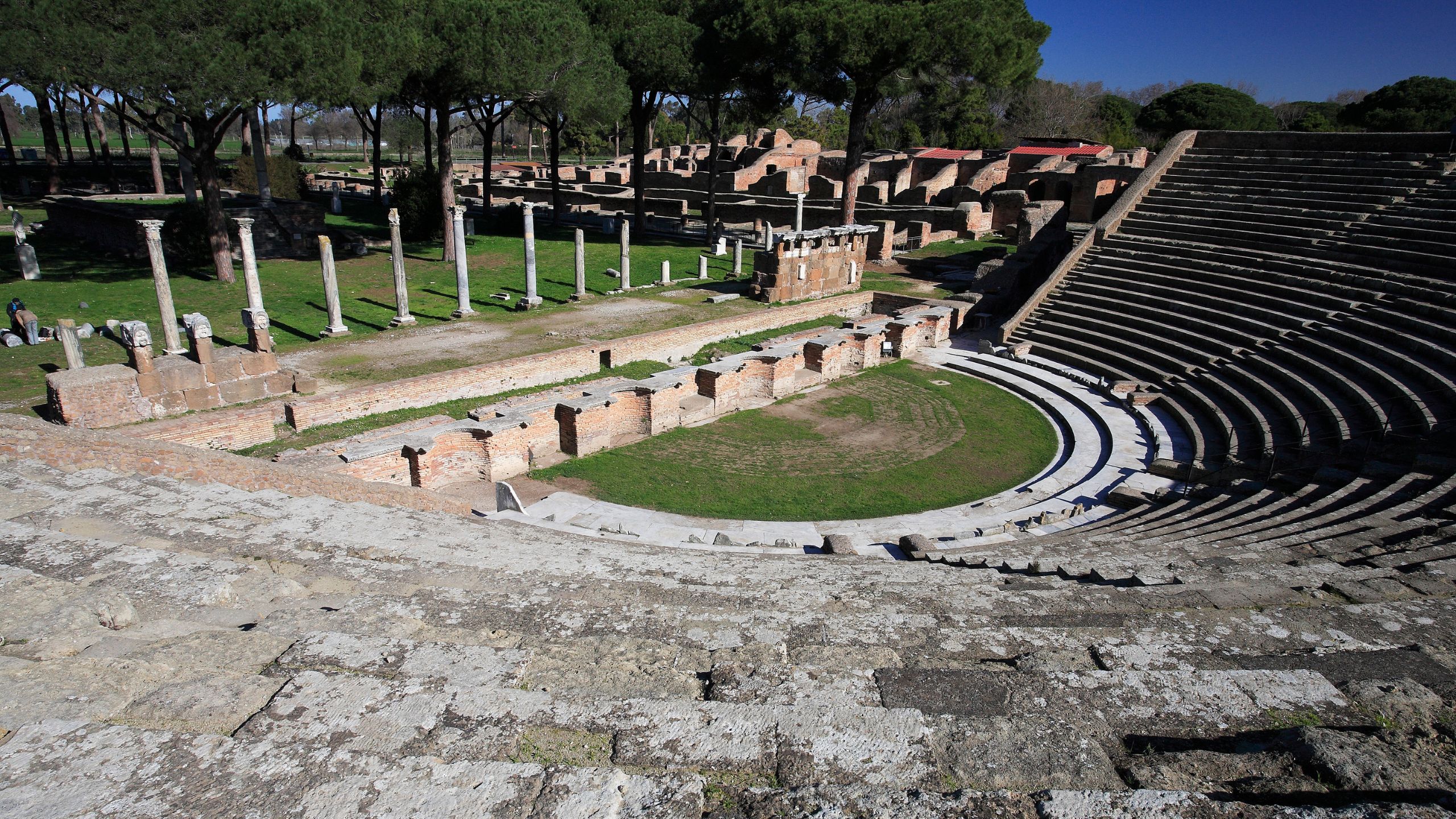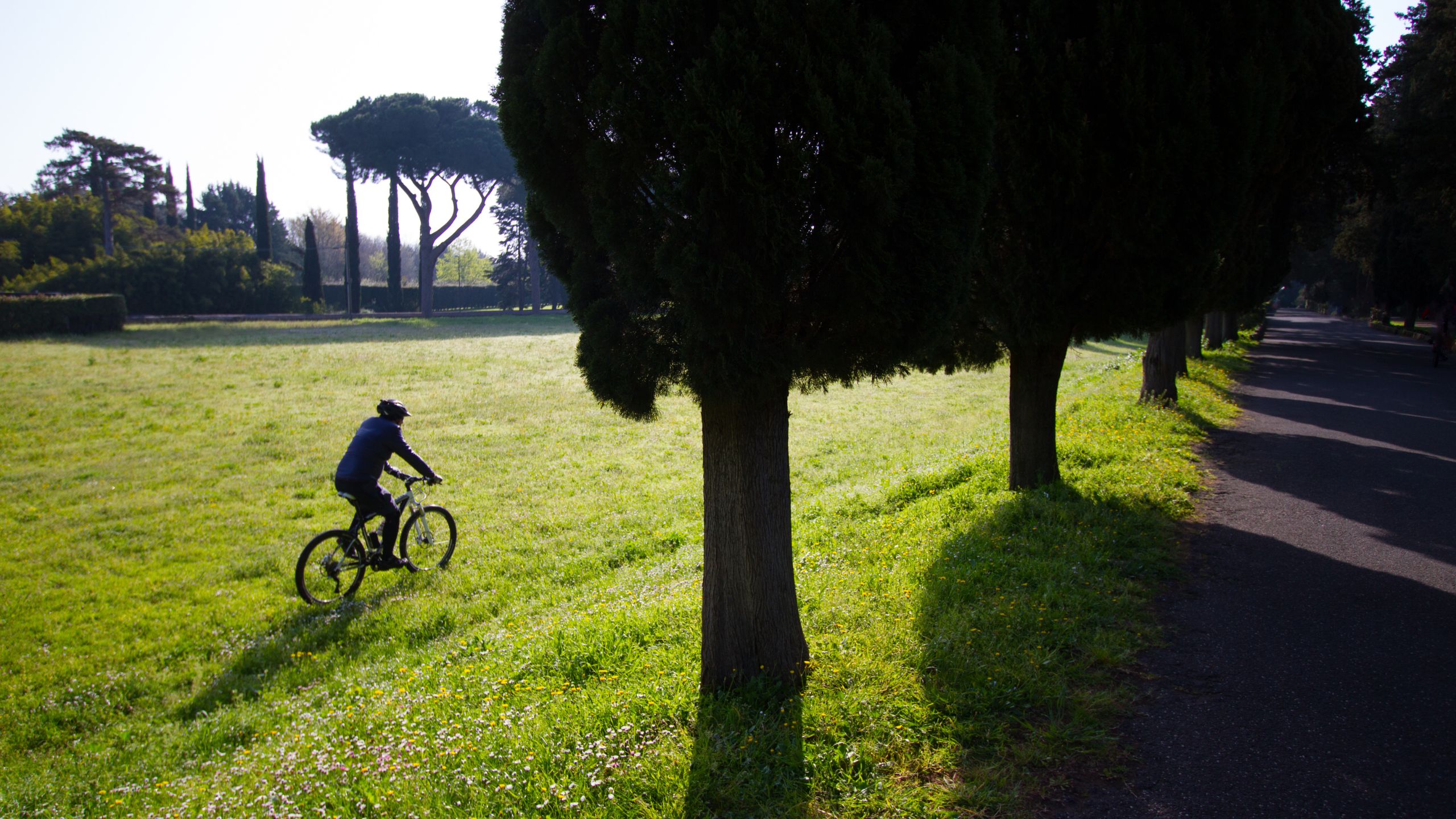Surroundings of Rome: The Archaeological Park of Ostia Antica
For lovers of history and culture, there is nothing more exciting than exploring places where the past meets the present. Just a stone's throw from the bustle of Rome, there is a corner of the world where time seems to have stopped, preserving the secrets of a bygone era: the Archaeological Park of Ostia Antica. In our journey today, we will discover together why this magical place is a must-visit for anyone traveling to Rome and its surroundings.
A Window to the Past
The history of Ostia dates back to the 4th century BC, but most of the ruins visible today in the Park date from between the 2nd century BC and the 4th century AD. Located near the mouth of the Tiber River, Ostia was crucial for trade and supplies to the capital. The site was gradually abandoned after the fall of the Roman Empire, and the sediments of the Tiber River progressively moved the coast away from the sea, leaving Ostia inland.
Today the archaeological park is an important tourist destination and a reference site for scholars. It offers visitors the opportunity to walk along ancient streets, explore residential and public buildings, and observe historical artifacts up close.
Let's now explore in detail some of the most significant monuments and areas of the Archaeological Park of Ostia Antica, which make this site an unforgettable experience for every visitor:
The Theater of Ostia: One of the most fascinating places in the park, the Theater of Ostia was originally built in the 1st century BC and could accommodate about 3,000 spectators. Its structure is typically Roman, with semicircular stands overlooking a semicircular orchestra and a stage. At the back of the stage, there were columns and decorative statues. Even today, the theater is used for events and performances, creating a direct link between past and present.
The Baths of Neptune: This thermal complex is famous for its mosaics, representing marine scenes and the figure of the god Neptune. Built in the 2nd century AD, the complex included not only the baths for hot (caldarium), warm (tepidarium), and cold (frigidarium) bathing but also spaces for physical exercise and relaxation. The art of mosaics here is particularly significant, reflecting the importance of water and the sea for the city of Ostia.
The Forum: The center of public life in Ostia, the Forum was surrounded by important public buildings and temples. This square was where commercial, political, and judicial activities of the city took place. The Capitolium, located in the northern part of the Forum, was the main temple dedicated to Jupiter, Juno, and Minerva. Its remains show the grandeur of this structure, with massive columns and an imposing staircase.
The Houses and Insulae: These structures offer an intimate view of daily life in Ostia. The insulae were blocks of apartments where most of the urban population lived. Some of these structures were quite sophisticated, with interior decorations, internal courtyards, and, in some cases, running water. By exploring these houses, visitors can get an idea of the living conditions and domestic habits of the ancient Romans.
The Piazzale delle Corporazioni: Located behind the theater, this rectangular square was the center of the city's commercial life. Here, over 60 offices of different corporations (associations of merchants and artisans) were lined with mosaics representing the activities of each corporation, such as ships, exotic animals, and commercial products. These mosaics are among the most detailed and informative of the entire site, providing valuable insight into the economic activities of the time.
The Decumanus Maximus: The main street of Ostia, this wide boulevard crossed the city and bordered numerous important buildings. Walking along the Decumanus Maximus gives visitors an idea of how the city was structured and leads them to discover other notable structures along the way.
Living History: The Timeless Charm of Ostia Antica
The Archaeological Park of Ostia Antica is not just a historical site, but a living bridge between past and present. Every stone, mosaic, and structure here speaks of an era that shaped the foundations of Western civilization. Ostia Antica offers a unique and profound perspective, not only on the greatness of the Roman Empire but also on the daily life of the people who inhabited it. Visiting this extraordinary place is an enriching experience, educating and inspiring, and leaving in those who visit a sense of wonder and connection with the past. For guests of "Rome with View" and all lovers of history and archaeology, Ostia Antica represents an unmissable destination, an indispensable chapter in the narration of our cultural heritage.




